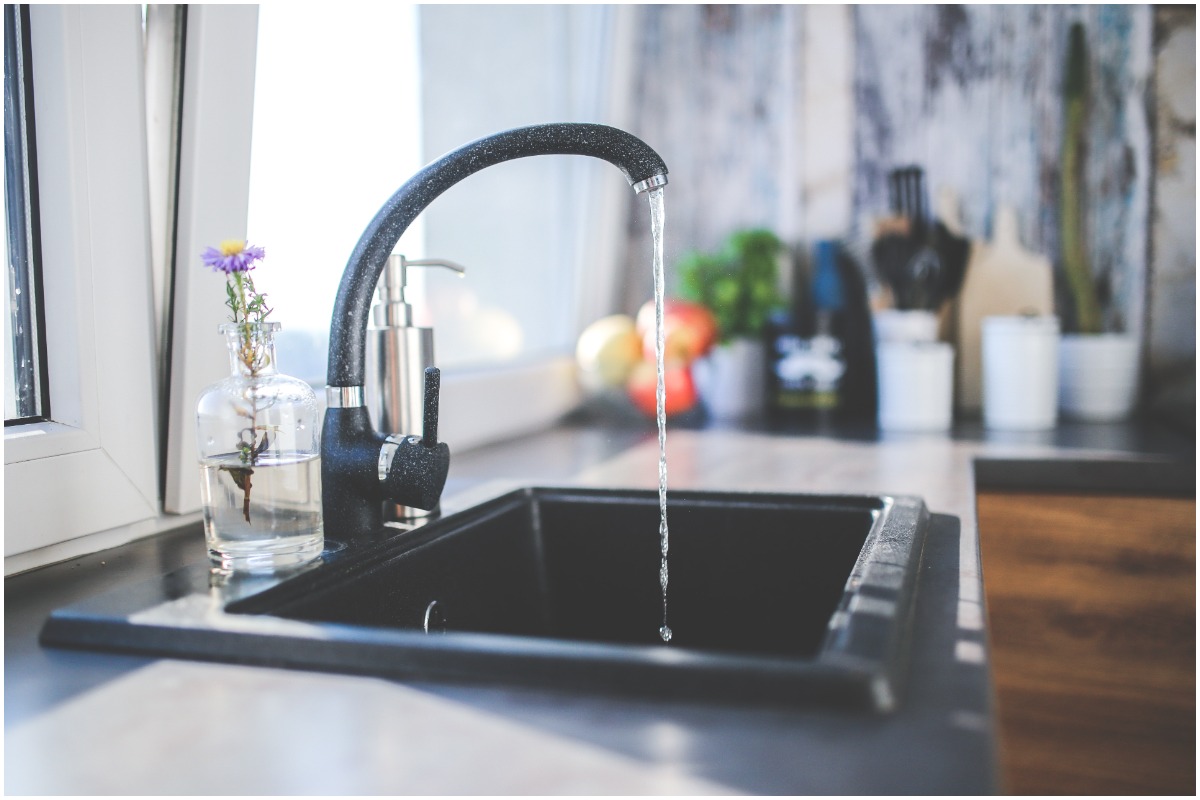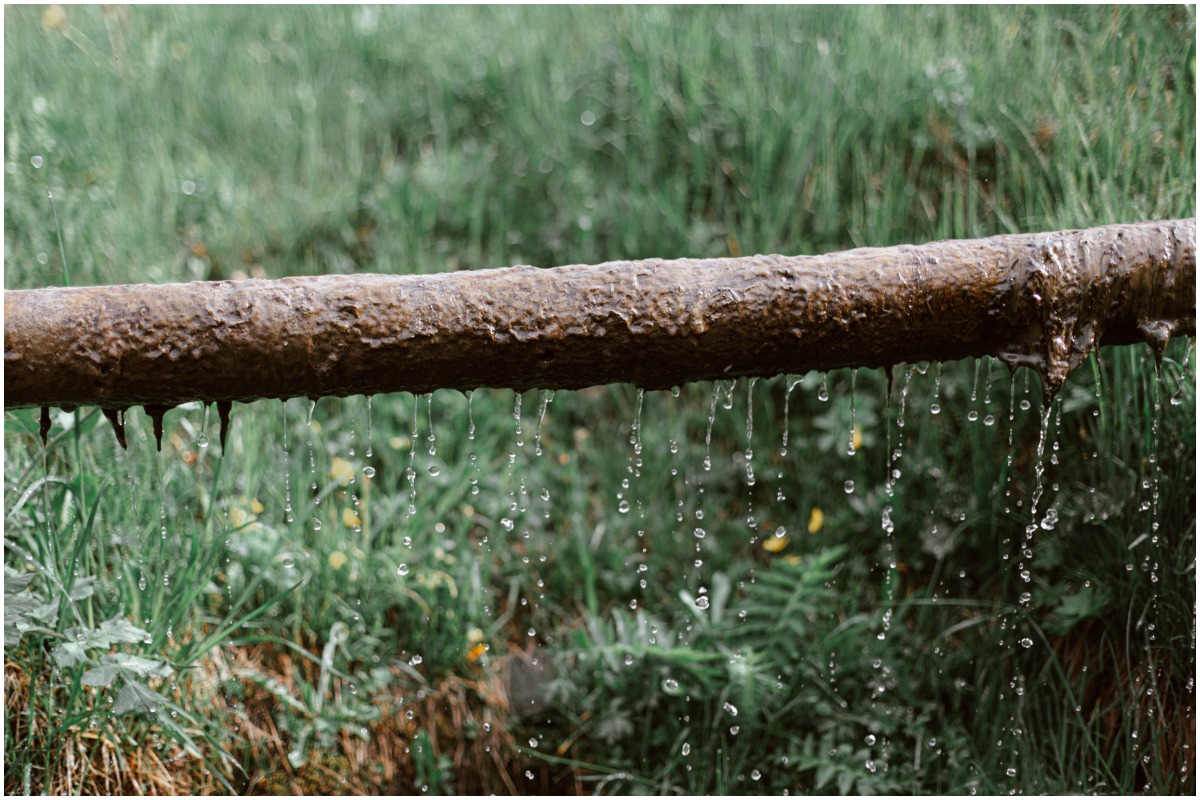Sewer Scope Inspection: What Buyers Should Know

A standard home inspection covers a lot, but not everything. One important system that often gets overlooked is the sewer line. That’s where a sewer scope inspection comes in. This specialized inspection involves using a small camera to check the condition of your home’s underground sewer system, revealing issues that aren’t visible during a regular walkthrough.
If you’re buying a home in places like Portland, Denver, or Seattle – especially one that’s more than 20 years old – or if you’re already a homeowner noticing slow drains or foul smells, it might be time to schedule a sewer scope. In this Redfin article, we’ll explain what a sewer scope inspection is, why it matters, how it works, and what signs might mean you need one.

What is a sewer scope inspection?
A sewer scope inspection is a video inspection of a home’s main sewer line. It allows a professional inspector to check for hidden issues like clogs, cracks, tree root intrusion, or pipe collapse. Using a small waterproof camera attached to a flexible cable, the inspector feeds the scope through the home’s cleanout or drain, capturing real-time footage of the sewer line all the way to the city connection or septic tank.
This type of inspection helps identify problems that aren’t visible during a standard home inspection, and can save buyers from costly surprises after move-in.

Why is a sewer scope inspection important?
A sewer scope inspection helps uncover hidden problems in a home’s sewer system, issues that could cost you thousands and pose serious health or safety risks if left undetected. Even if everything seems fine on the surface, the sewer line beneath your home could be damaged, clogged, or on the brink of failure. A sewer scope inspection can:
- Detects hidden sewer line damage that isn’t visible during a standard home inspection
- Prevents costly repairs, which can range from a few thousand to tens of thousands of dollars
- Reduces health risks from mold, sewage exposure, and harmful gases
- Protects the home’s foundation by identifying leaks or shifting soil early
- Keeps your plumbing functional, avoiding post-move-in emergencies like backups or blocked drains

What can go wrong without one?
Skipping a sewer inspection could lead to:
- Expensive repairs: Repairing or replacing a damaged sewer line can cost between $2,500 and $30,000, with some repairs running $300 per foot. Compared to the relatively low cost of a sewer inspection, skipping it could leave you with a huge, unexpected bill.
- Structural and foundation damage: A broken sewer line can lead to leaks under your home, which may cause shifting soil, foundation cracks, or flooding in the yard or basement.
- Mold, pests, and health hazards: Leaking sewage pipes can create damp conditions that promote mold growth and invite pests like rodents, flies, and roaches. Worse, harmful gases (like methane or hydrogen sulfide) and dangerous bacteria (including E. coli, salmonella, and hepatitis A) can enter your home through damaged lines.
- Disrupted plumbing: If a sewer line backs up, you could lose access to sinks, toilets, and showers. That means needing urgent repairs—possibly right after move-in.
6 signs that you need a sewer line inspection
Before buying a home, check if the property has any signs of potential sewage problems. Some key indicators are:
- Patches of lush, green grass: Sewage can be a great fertilizer and can cause random patches of grass to appear lusher than its surroundings.
- Large trees in the backyard: Large trees often have large roots; check to ensure the roots aren’t growing into any sewer pipes.
- A home built over 20 years ago: Homes built over 20 years ago will often have outdated piping material prone to breaking or cracking.
- Rodent or insect problems: Pests can live in sewer tanks and enter a home through the plumbing.
- Mold: A damaged sewer pipe can slowly leak water into a home, causing mold to grow.
- Moving or shifting of the ground surrounding the home: If enough water or waste escapes the sewer system, it can move or shift the ground above.
Expert tip: Prodigy Plumbers advises, “If your home was a human, the sewer would be the main artery – and just like your body, your home can give small signs of potentially larger issues affecting your system. Knowing these signs may save you time and money on a larger repair, and as a preventative measure, we recommend scheduling an annual sewer inspection with a licensed professional to keep your drains clear and your mind at ease.”
What to expect during a sewer camera inspection
A sewer inspection should take no more than an hour from start to finish. The sewer camera inspection itself should only take about 5-10 minutes. The sewer inspector will first flush running water through the lines to clear any small debris and lubricate the pipes to keep the plumbing camera from catching on anything. The inspector will then locate your home’s sewer access point, insert the camera, and begin the inspection. Once the process is complete, the inspector will follow up with their findings and talk about the next steps if necessary.
What do the inspectors look for during the sewer camera inspection?
Many inspectors allow you to watch the video feed with them while they are performing the inspection. During this time, you and your inspector will be searching for:
- Broken or damaged pipes
- Major blockages, clogs, or debris
- Tree roots invading pipes
- Any evidence of settling or sagging sewer lines
- Improper piping materials (outdated pipes like Orangeburg pipes or sewage lines made of clay, plastic, or cast iron will likely need replacing)
- Installation issues

How much does a sewer scope inspection cost?
A sewer camera inspection will generally cost around $125 – $350. The price will vary based on factors like the inspection’s complexity and location. A quote from a sewer inspector in Philadelphia, PA will likely differ from one in Salt Lake City, UT. You may be able to get a lower price by working with a home inspector that offers bundle deals and will perform a sewer inspection along with their traditional home inspection.
How can I maintain my sewage system?
To keep a home’s sewage system running smoothly, plumbing experts recommend the following tips.
Pump your septic tank regularly
“I’ve spent over twenty years in the septic system maintenance industry, and I’m still amazed at how many homeowners don’t have their septic tanks pumped regularly. If your septic tank overflows into your leach field, it can contaminate the drainage soil with organic matter, toilet paper, and grease, causing drain field failure. Septic tanks should be pumped by a licensed company every 2 – 5 years to prevent drainage soil from clogging up.” – Carl Perna from Septic Perc
Be careful what you pour down the drain
“Lateral pipes, which are usually 4-6” in diameter, connect individual businesses and residences to the public sewer system. These small pipes can easily become clogged if improper materials such as fats, oils, and grease are poured down the drain (or the garbage disposal). So make sure to put fatty kitchen waste in the trash.” – Envirosight
Don’t assume everything’s fine
Just because your plumbing works now doesn’t mean your sewer line is in good condition. Underground issues often go unnoticed until major damage occurs. A sewer scope can give you peace of mind before you close, or a chance to negotiate repairs.
Final takeaway on sewer scope inspections
Experts recommend a sewer scope as a proactive way to understand how your sewer line will perform after you move in. It’s a simple inspection that could help you avoid emergency repairs, backups, or even having to vacate your home shortly after closing. Knowing the sewer’s condition ahead of time gives you the power to make an informed decision—and potentially negotiate repairs before finalizing your purchase.
Source link







